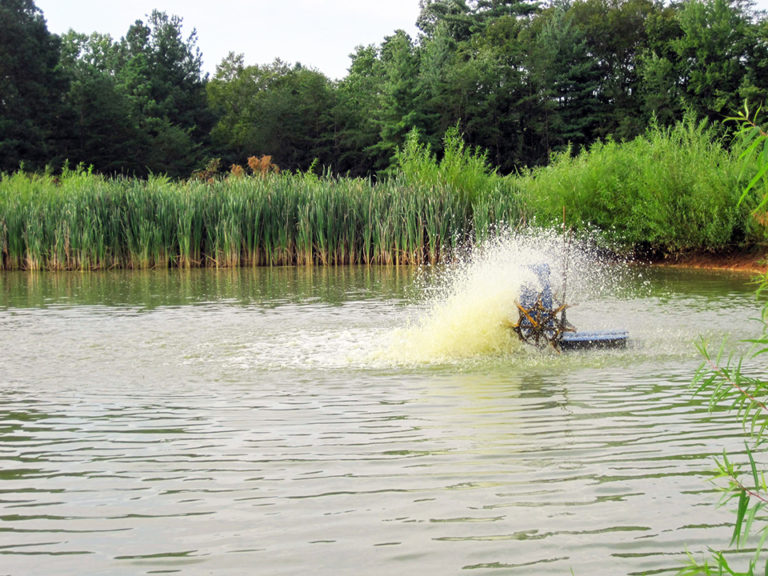
Responsibility
Biofloc technology options for aquaculture
Biofloc technology offers advantages for the sustainable culture of shrimp and some species of fish.
Innovation & Investment
Studies on improving water quality in recirculating aquaculture systems has identified ozone as an excellent solution for an optimal water environment.

Responsibility
Biofloc technology offers advantages for the sustainable culture of shrimp and some species of fish.

Health & Welfare
With relatively low use of land and water, intensive aquaculture systems can support much higher production than extensive systems.
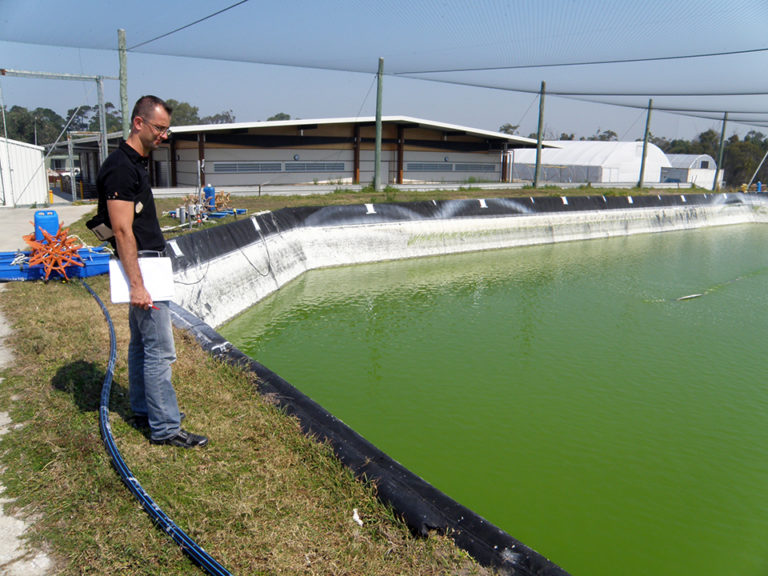
Innovation & Investment
Expansion of the Bribie Island Research Centre allows agencies to tackle multidisciplinary research tasks to help the Australian aquaculture industry.
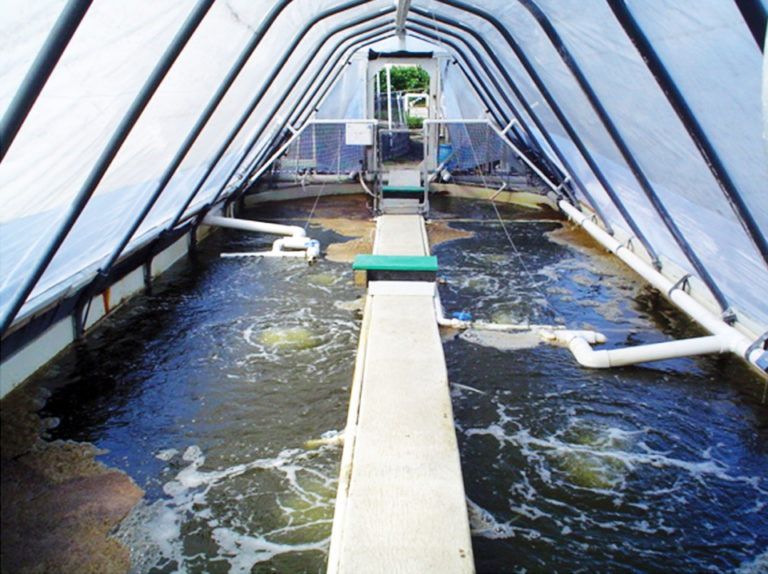
Health & Welfare
Nitrifying bacteria readily form biofilms on surfaces, and colonization by these important bacteria on the interior walls of RAS production units likely provides an additional source of nitrification.
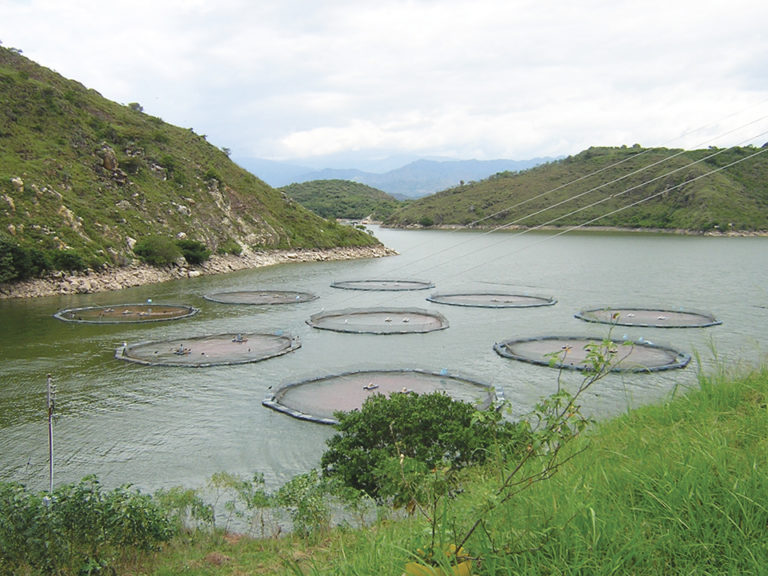
Responsibility
Farm cages should be sited where water quality is good and water velocity is adequate. The size, shape and position of cages should be selected to favor rapid flushing.
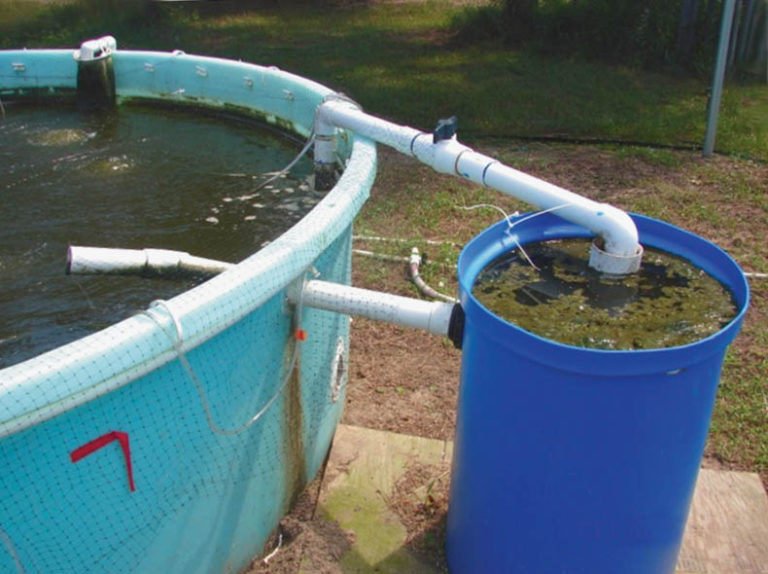
Responsibility
A study examined the effects of removing suspended solids using side-stream settling chambers in a superintensive biofloc shrimp system. The chambers reduced nitrate-nitrogen and phosphate concentrations and improved shrimp growth rate and biomass.
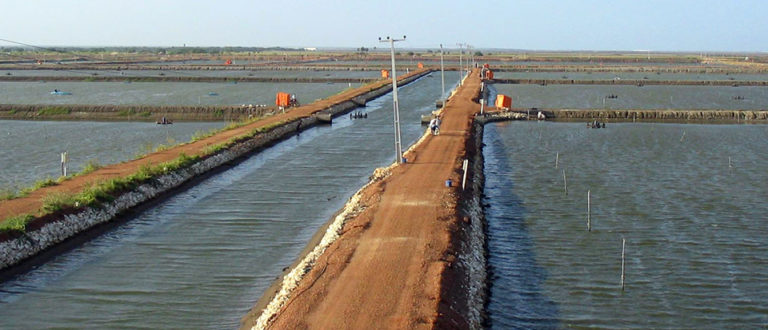
Responsibility
Water temperature is a key water quality variable in aquaculture because it influences other variables, defines growing seasons and dictates what species can be grown at a particular location.
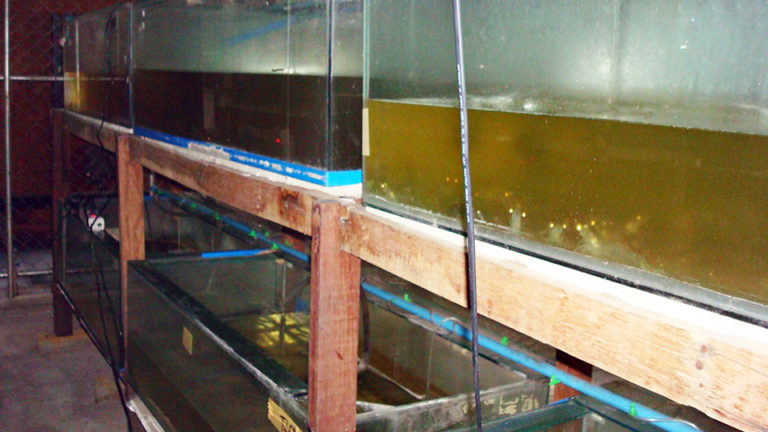
Health & Welfare
Due to the inherent complexities of field testing, definitive laboratory-based test methods can better quantify probiotic benefits.
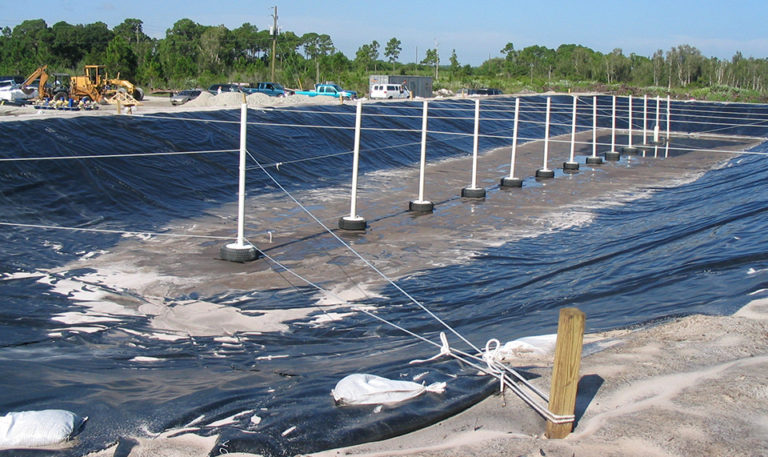
Responsibility
Ponds constructed on sandy or permeable soils are most likely to have high seepage rates. Ponds built in any soil can seep if improperlty constructed.
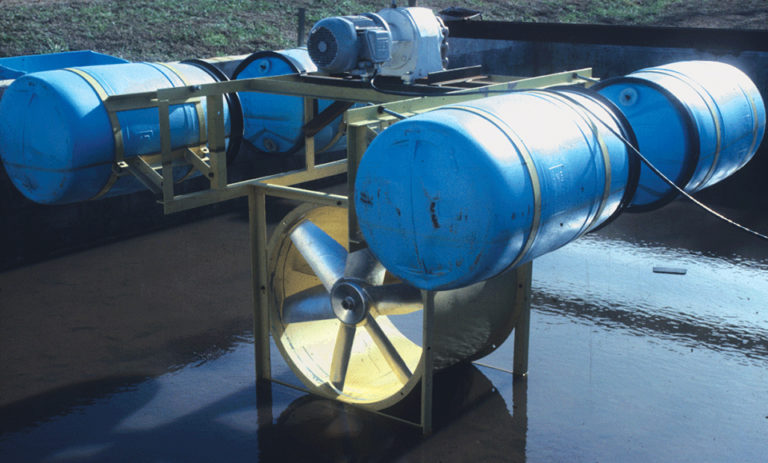
Responsibility
Mechanical water circulation can prevent stratification and provide more dissolved oxygen near pond bottoms. Strong water mixing can also control algae growth.
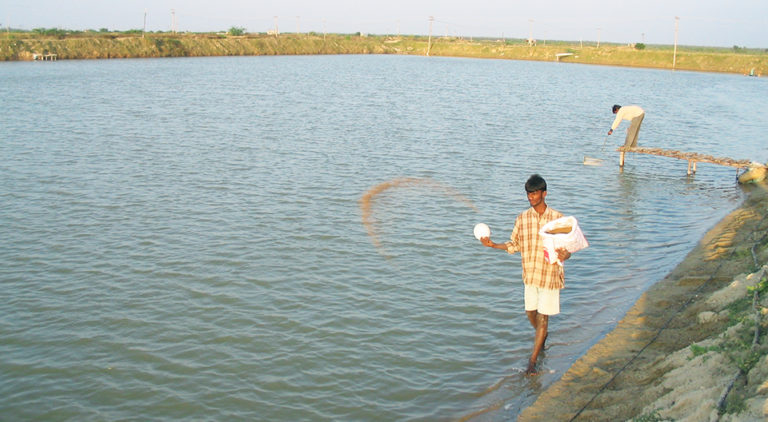
Responsibility
Feeding allows much greater production of fish and shrimp, but nutrients in feed are not converted completely to fish or shrimp flesh.
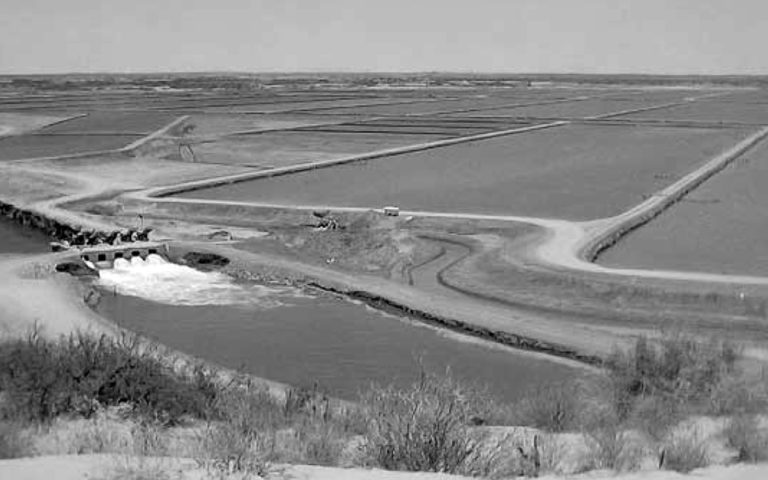
Responsibility
Probiotics used as bottom soil and water quality enhancers are primarily cultures of living bacteria, enzyme preparations, or the two combined.
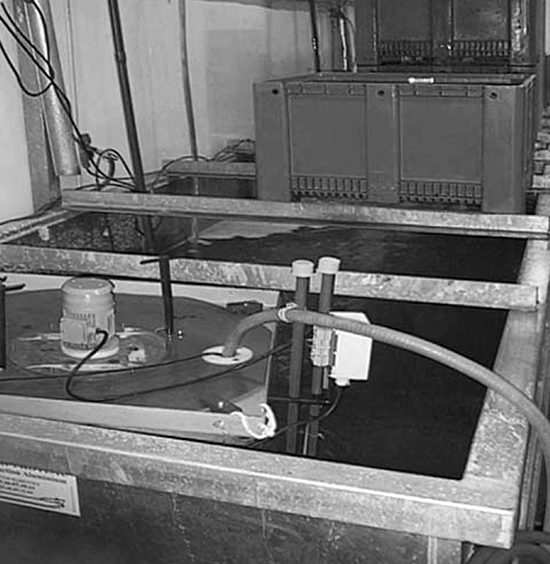
Responsibility
In aquaculture, foam fractionation involves the use of a protein skimmer to remove dissolved organic compounds from aquaculture systems.
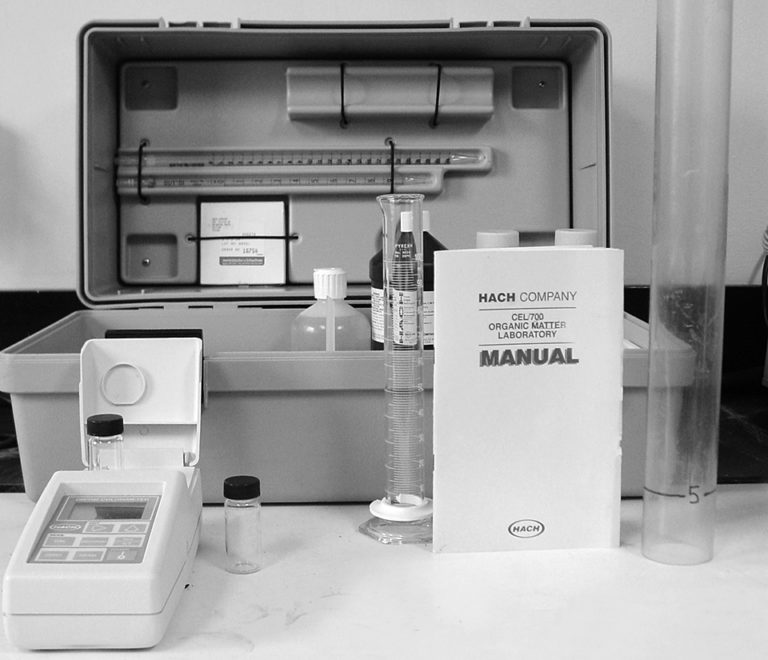
Responsibility
Organic matter – including fertilizers, unconsumed feed and feces of culture animals – settles to pond bottoms, often with a negative impact on water quality.
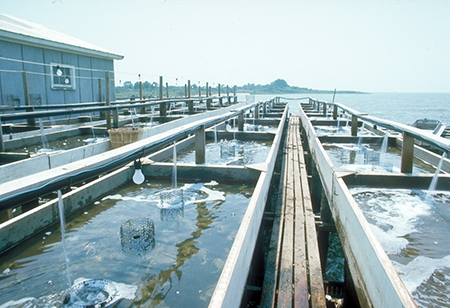
Health & Welfare
Consumer interest in water quality may prompt industry to further limit chemical use and improve biosecurity programs as an alternative to antibiotics.